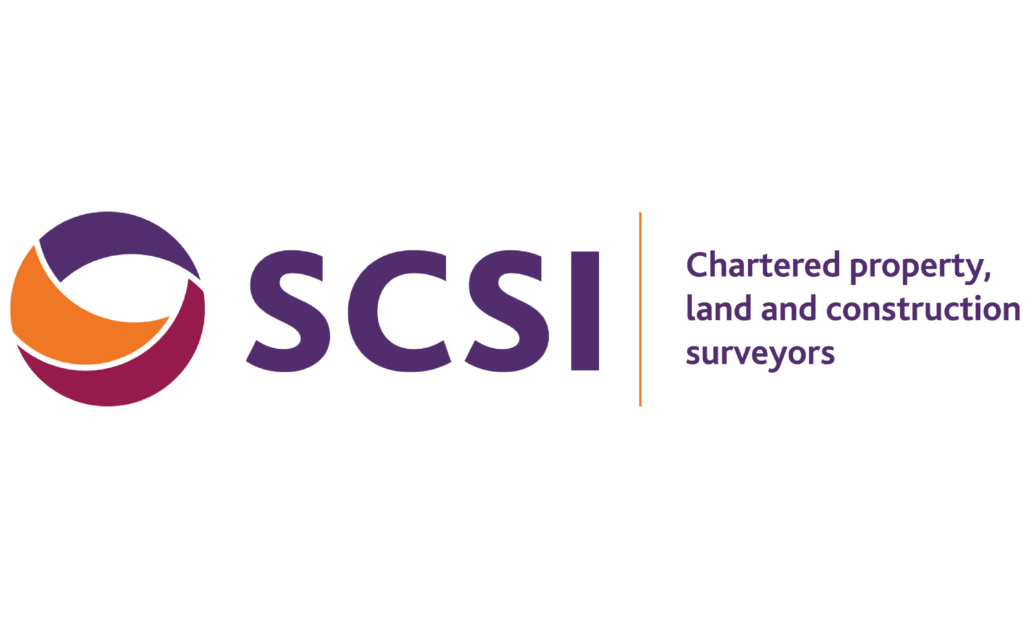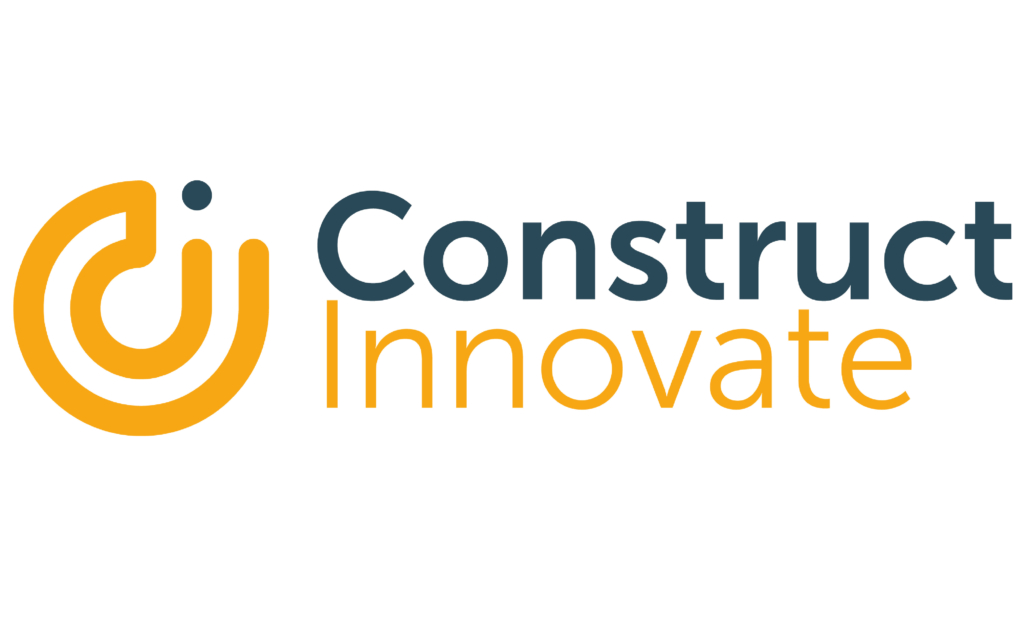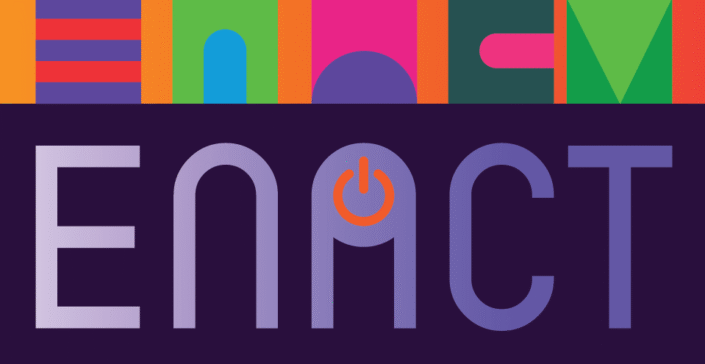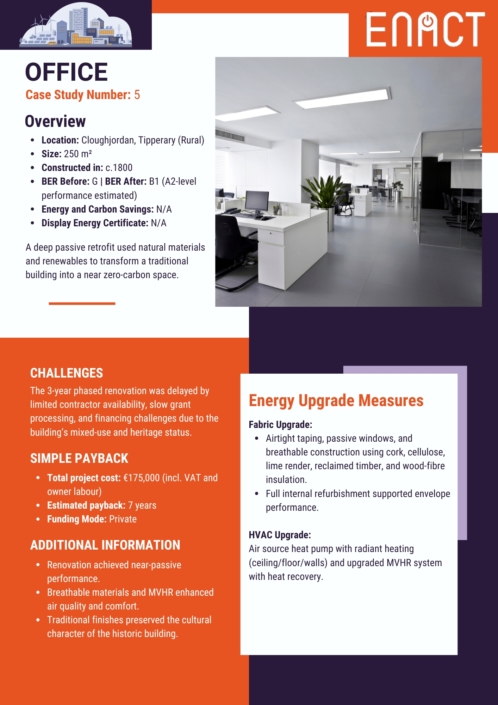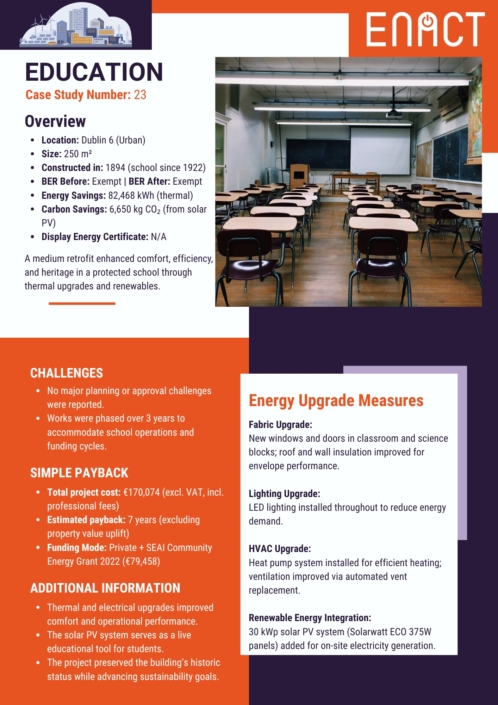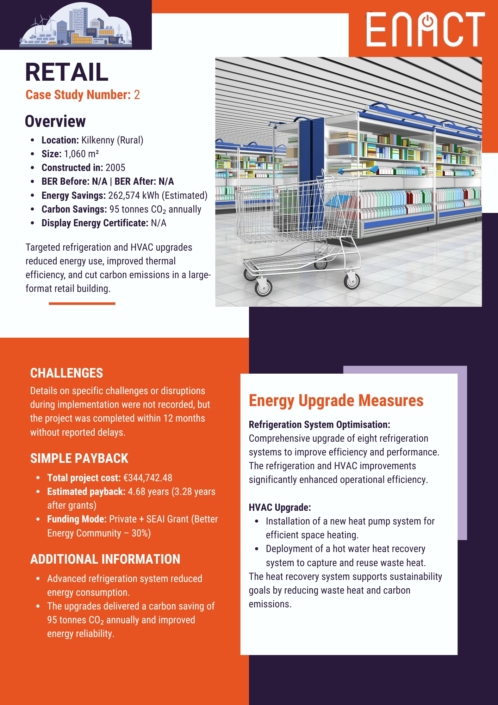How much will a retrofit cost my business?
How to find upfront financial cost for retrofitting?
How can I calculate my payback period?
How does retrofitting affect property value?
What supports/grant available for me?
What third party financial options available for retrofit projects?
Are there any financial incentives, tax credit, or rebates available for retrofitting?
Can business claim tax relief for retrofitting?
Yes. The Accelerated Capital Allowance (ACA) lets businesses write off 100% of their investment in certain energy efficient products and equipment from their profits for tax purposes in the same year of purchase.
You can use ACA product search tool to find the approved triple E products that are eligible for ACA tax relief.
For more information ACA click here.
Does retrofitting reduce insurance costs?
Planning & Implementation
How long does a typical commercial retrofit project take from planning to completion?
What factors affect the timeline of my retrofit project?
- Building Energy Rating (BER) assessments
- Compliance with Part L of Irish Building Regulations
- EU Energy Performance of Buildings Directive (EPBD) requirements
- Procurement processes under Irish public procurement guidelines
- Seasonal considerations for Irish weather conditions
From where I need to start my retrofit journey?
How do I select the right contractors for my project?
What does a commercial retrofit involves?
What permits are required for commercial building retrofitting?
Requirements are depend on the project scope and building location. Required permits may include:
- Planning permission for external modifications
- Fire safety certificates
- Disability access certificates
- BER certificates
How do I handle asbestos during retrofitting?
Hire licensed contractors for assessment/removal.
You can find the best practice guidance for handling asbestos in here.
Do I need a structural survey?
How to manage tenant disruptions?
Can I retrofit a leased building?
Operation and maintenance
Will retrofit disrupt my business operations?
How can I minimize the disruption to the current tenants during retrofit?
Phased Implementation:
- Schedule major works during off-peak hours
- Coordinate with tenant business cycles
- Use weekend and evening work when appropriate
Communication Strategy:
- Provide detailed project timeline to all tenants
- Regular updates through multiple channels
- Clear complaint resolution process
Practical Measures:
- Temporary alternative spaces for displaced tenants
- Dust and noise control measures
- Maintained access to essential services
- Clear signage and wayfinding during works
Who will be responsible for the maintenance works of the building?
How to maintain retrofitted systems?
How to monitor energy savings after retrofit?
Technical support
How can I get professional advice for my retrofit?
There are different means that you can use to get professional advice for commercial retrofitting.
- Utilise SEAI’s registered technical advisor list
- Connect with IGBC’s professional network
- Contact Local Enterprise Office sustainability advisors.
How do I find an independent BER assessor to my work?
What are common insulation upgrades available?
What smart technologies can I use in my retrofitting?
Are there grants for EV charging stations?
What tools and calculators available?
Other
What are the similar retrofitting projects done in commercial building sector?
What is energy performance contracts (EPCs)?
How does an EPC work?
What are the co- benefits in retrofits?
How do I make the business case for energy efficiency in my business?
Why invest in making my business more sustainable?
- To elevate your business brand
- To protect the environment
- To deliver the cost saving and increase your competitiveness
- To boost your reputation with staff, customers and stakeholders within your business
- To drive leadership within your sector
- To better meet criteria for business loans
- To future-proof your business
You can find more information tailored to retail business in Sustainable Irish Retail Handbook (SIRA) e- guide



